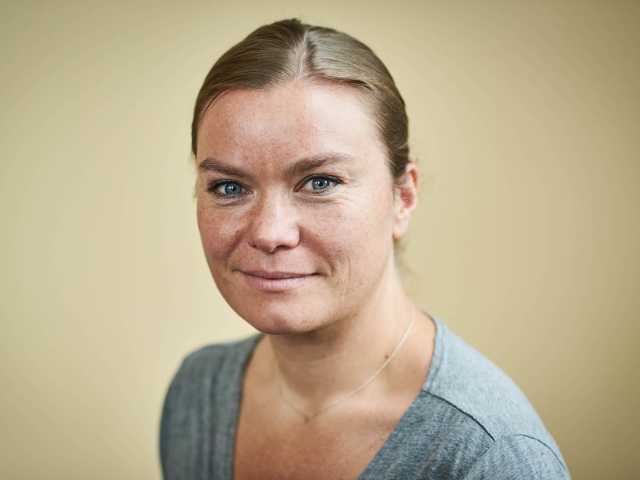Interview: Ingvild Almås on what microdata can teach us about economic inequality
| Date: | 22 January 2018 |

Ingvild Almås is a professor at the Department of Economics, Norwegian School of Economics (NHH), and currently a visiting associate professor at IIES, Stockholm University. Almås’ research focuses on economic inequalities. She delivered a paper on ‘Consistent international comparisons with heterogeneous tastes’ at the jubilee conference of the Groningen Growth and Development Centre. FEB Blog caught up with her about the importance of the GGDC’s datasets and how microdata can give deep insights.
Q. How do you use the GGDC data in your work?
A. I have been following the latest round of the Penn World Table most closely. It provides a research base; it’s super good for research to use the Penn World Table and I think is a big improvement. I teach it in my courses and use it sometimes in my research. The parts of the data I work with are highly regarded among researchers. The Input-Output database and the productivity data are well regarded, and the Penn World Table is used in many research papers. The historical tables are the only data we have on the historical period so that’s a very valuable resource. What I have found useful in my teaching and reference in my own work is the American Economic Review paper by Robert Feenstra, Robert Inklaar and Marcel published two years ago on The Next Generation of the Penn World Table.
Q. What is the value of having historical economic datasets?
A. This is hugely important. We can have lots of nice theories and have lots of nice thoughts but if we can’t quantify it with data it’s not very reliable. Only once you can confirm what you think and what the theory says with the real data can you have a real impact and conclude on development. I think that the key to understanding economic development is to have data.
Q. How does this relate to your own work?
A. I work on microdata, so in my own work I would push for the use of other data sources. I have been critical towards national datasets: I think they are very aggregated and there could be many problems with the data. But even so, I think it’s hugely important to have data. Many of the papers that are written on economic history wouldn’t have data at all. So it’s a huge improvement from that. What I have been trying to push in my own work is to ask households and ask individuals how well off they are. We have historical data on microdata as well, which would report individual or household levels on how well off people are. I think a combination of that with more national accounts-based data is a promising route to take.
Q. Could there be a way to integrate both approaches?
A. If you want to have comparisons that are consistent with both economic theory and how we know people behave from microdata, you need to go to micro sources because if you only use aggregate data you wouldn’t be consistent necessarily with individual behaviour, individual consumption and individual choices. So there is something you lose when you use very aggregated data. Sometimes it’s not a big problem because the aggregated data actually reflect something that is interesting, but in other cases it’s actually very damaging because it could give you the wrong picture. If you consider the heterogeneity you would get the different aggregate measures as well. It may not be possible for all historical series, but I think for the extent it’s possible I think it’s very important to go to microdata sources and try to aggregate up in a consistent way. I think that kind of approach could complement what is already being done.

